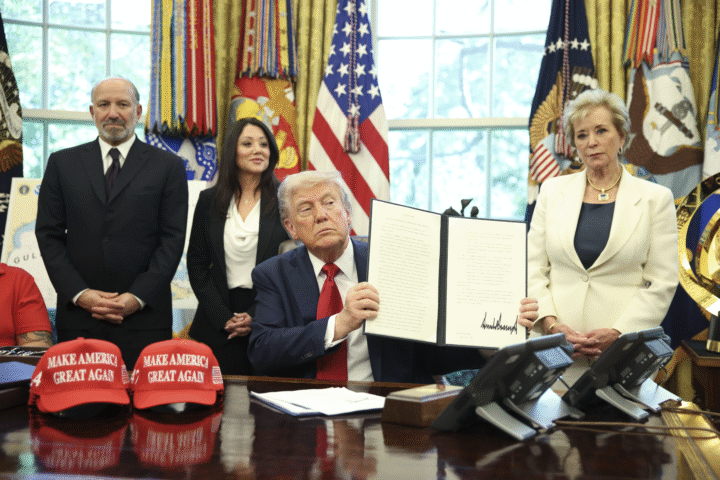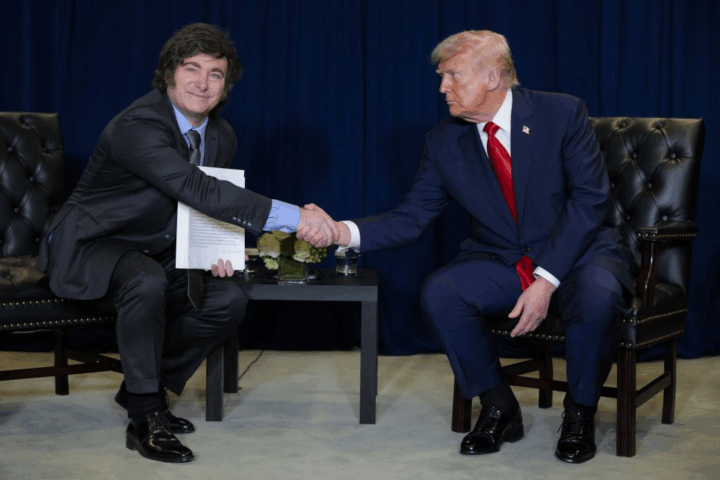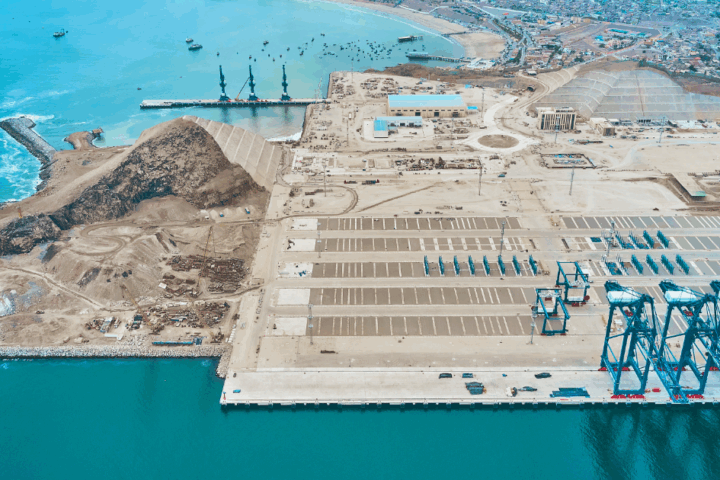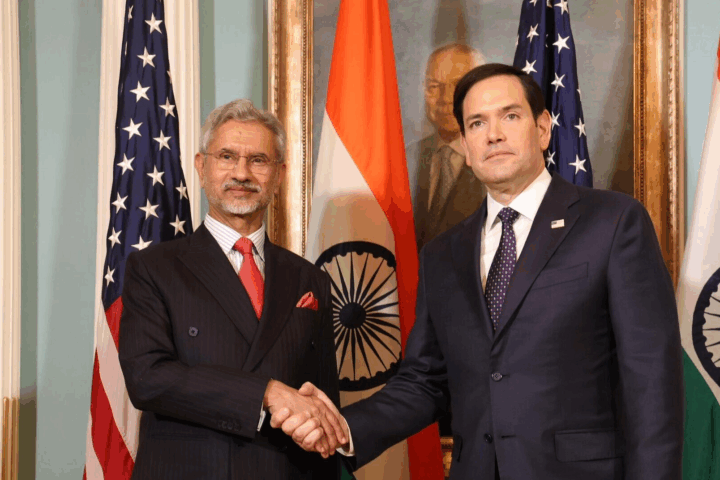As Brazil gears up to host the next United Nations Climate Change Conference (COP30), it has announced an ambitious $125 billion fund aimed at protecting tropical forests — a bold move designed to put climate leadership at the heart of its COP30 strategy. But in a world where climate funds are abundant and effective climate finance is elusive, the question looms: does the planet really need another climate fund?
The proposed fund underscores Brazil’s commitment to forest preservation, particularly in the Amazon, a vital carbon sink and biodiversity hotspot. It also signals a desire to reclaim leadership in global environmental diplomacy. However, the timing and structure of this initiative raise tough questions.
Over the last three decades, more than 60 multilateral climate funds have emerged, each created with a vision of helping developing nations tackle the climate crisis. Yet the landscape has become overwhelmingly fragmented. Only 19 of these funds are sizable and transparent enough to regularly report on their operations — including the Green Climate Fund (GCF), Global Environment Facility (GEF), Adaptation Fund (AF), and Climate Investment Funds (CIFs).
Despite their noble mandates, these funds have fallen short of expectations. In the 2021-22 period, the combined disbursement from these 19 funds was a mere $3.7 billion — approximately $195 million per fund. Compare this with the $55.7 billion mobilized by multilateral development banks, and the gap becomes stark. Worse still, developing countries need trillions annually to meet their climate targets and resilience goals.
At the heart of the problem lies donor fatigue. The United States, once a leading funder, has taken a sharp turn away from international climate cooperation. Under the administration of President Donald Trump, the U.S. not only exited the Paris Agreement but also pulled back from climate-related funds, including the newly created Fund for Responding to Loss and Damage (FRLD), to which it committed a paltry $17.5 million. Other wealthy countries are also tightening their aid budgets. Nations such as France, Germany, Canada, and even traditionally generous donors like Sweden and the United Kingdom, are scaling back support.
These countries, collectively responsible for over two-thirds of bilateral climate commitments and nearly three-quarters of multilateral fund contributions since 2003, have left a gaping hole in the financing landscape. This makes any new initiative, however well-intentioned, subject to skepticism.
Moreover, the proliferation of small, specialized funds has created a labyrinth of procedures that recipient countries must navigate. Each fund has unique accreditation processes, compliance requirements, and approval timelines, resulting in a slow and costly system that hampers effective climate action — especially for the most vulnerable countries with limited administrative capacity.
The overhead costs further dilute their impact. One striking example: from 2019 to 2021, more than half of the Special Climate Change Fund’s budget went to administrative expenses rather than actual climate projects.
Many funds also fall short of their promise to provide “new and additional” resources. Instead, they often redirect money from existing development aid budgets, potentially diverting funds from crucial sectors like health, education, and poverty alleviation.
In theory, Brazil’s proposed fund could consolidate resources and provide streamlined access, if designed thoughtfully. But if it simply adds another layer to an already over-complicated system, it risks repeating the same mistakes — draining administrative budgets, duplicating efforts, and diverting attention from structural reform.
What the climate finance system desperately needs is consolidation and coherence. A smaller number of well-capitalized funds with harmonized processes would better serve the global south, speed up disbursements, and reduce waste.
History, however, offers a cautionary tale. The CIFs, originally envisioned as a temporary mechanism to be phased out once the GCF was operational, are still active today. Resistance from internal stakeholders and governments ensured their survival, despite calls for streamlining.
For Brazil to truly lead on climate finance, it must go beyond launching a headline-grabbing fund. It must push for reform — simplifying access, reducing duplication, and rallying global partners to direct scarce resources where they can make the greatest impact. This kind of leadership could redefine COP30 — not just as a diplomatic event, but as a turning point in how the world organizes and delivers climate finance.
Only then will Brazil’s legacy extend beyond a dollar amount and into the realm of real, lasting climate progress.










